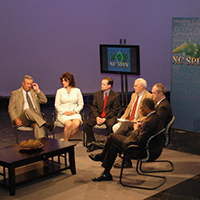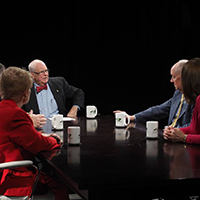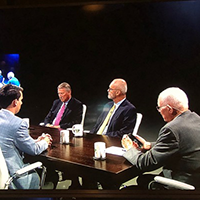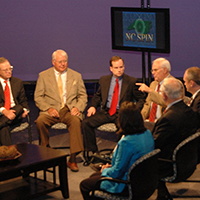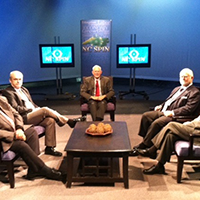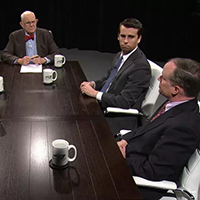The State Legislature spent much of last week debating whether cities, counties, schools and universities can be trusted with hundreds of historical monuments and memorials that adorn public properties. The answer, according to Gov. Pat McCrory and the Republican majority, is a resounding “No.”
Flames of passion, one GOP lawmaker said, were in danger of overriding common sense. But as “flames of passion” engulf both sides in this monumental debate, the ban on removing historical markers does not represent common sense so much as it does the ones holding the biggest flame.
Lawmakers who pushed this law through the General Assembly have valid arguments regarding the importance of preserving history. Markers that represent this state’s colorful past — the good, the bad and the ugly — should not be removed from the public eye simply to satisfy those who disagree with the history represented.
To throw a blanket of state jurisdiction over every engraved plaque and pillar in the land, however, smacks of the kind of totalitarianism present in nations where leaders erect giant portraits of themselves. That is not the way America or North Carolina governs, of course, but it does raise an interesting possibility.
Suppose the Republican-controlled Legislature were to decide that the front of every county courthouse should be adorned with a ginormous portrait of Pat McCrory to commemorate our bespectacled governor’s historic reign over The Old North State. And suppose McCrory were to sign on with such a nutty idea.
Every man, woman and child would then have to look at a two-story portrait of Pat upon each visit to the public square — and there would be nothing anyone in Pitt or the state’s 99 other counties could do about it.
An absurd thought, perhaps, but one now supported by state law.
Those who support the law are rightly concerned about movements to remove controversial Confederate war memorials in several areas of the state. Those movements are in part the ripple effect from a deadly church shooting last month in Charleston, S.C.
The legislative ban on removing historical markers was in motion in this state months before the shooting, however. Lawmakers began crafting the law in response to movements on college campuses, including East Carolina University, to remove the names of historic figures known to have been white supremacists.
Those movements here and elsewhere have been marked by much public debate and thoughtful deliberation. Whether one agrees or disagrees with the outcomes, the debates took place in the public squares of the respective communities.
Removing monuments can be a terrible thing. Removing the authority of local governments and institutions to debate them is a worse thing.


